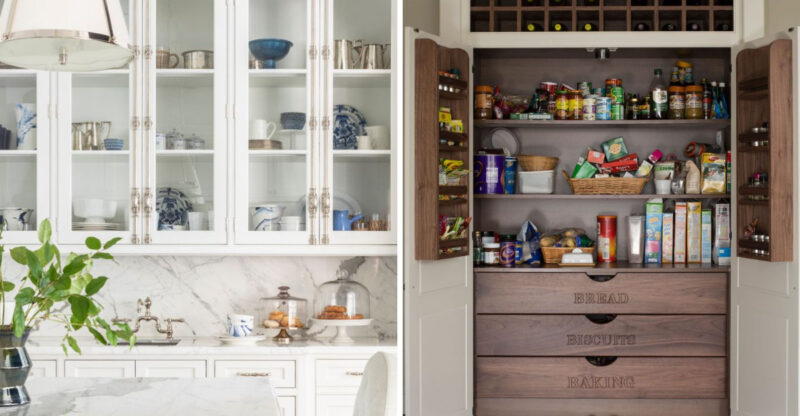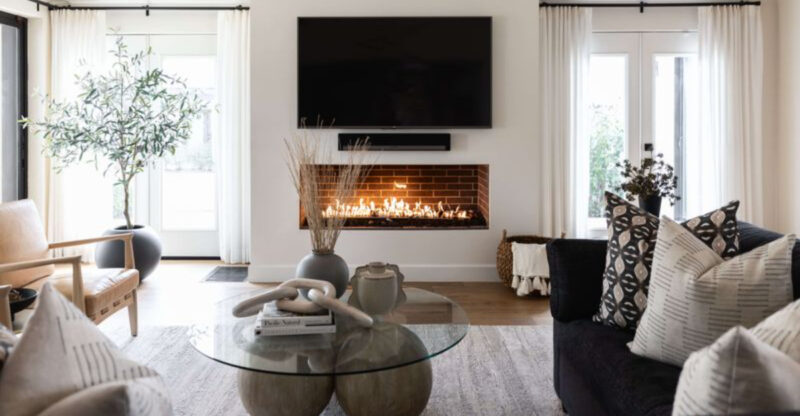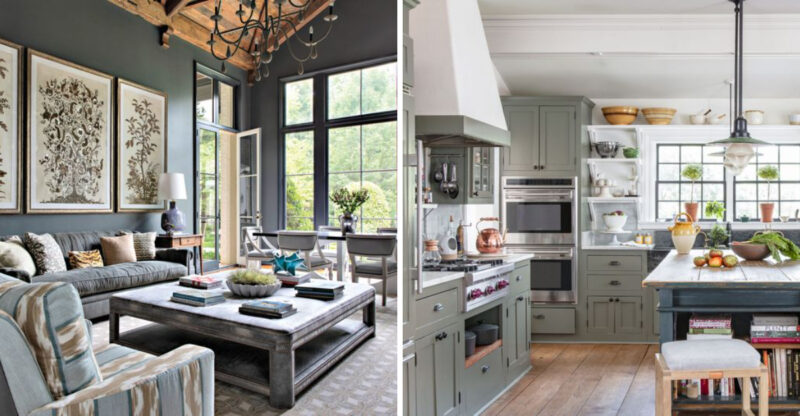Designers Reveal The Most Annoying Style Pet Peeves Across Generations
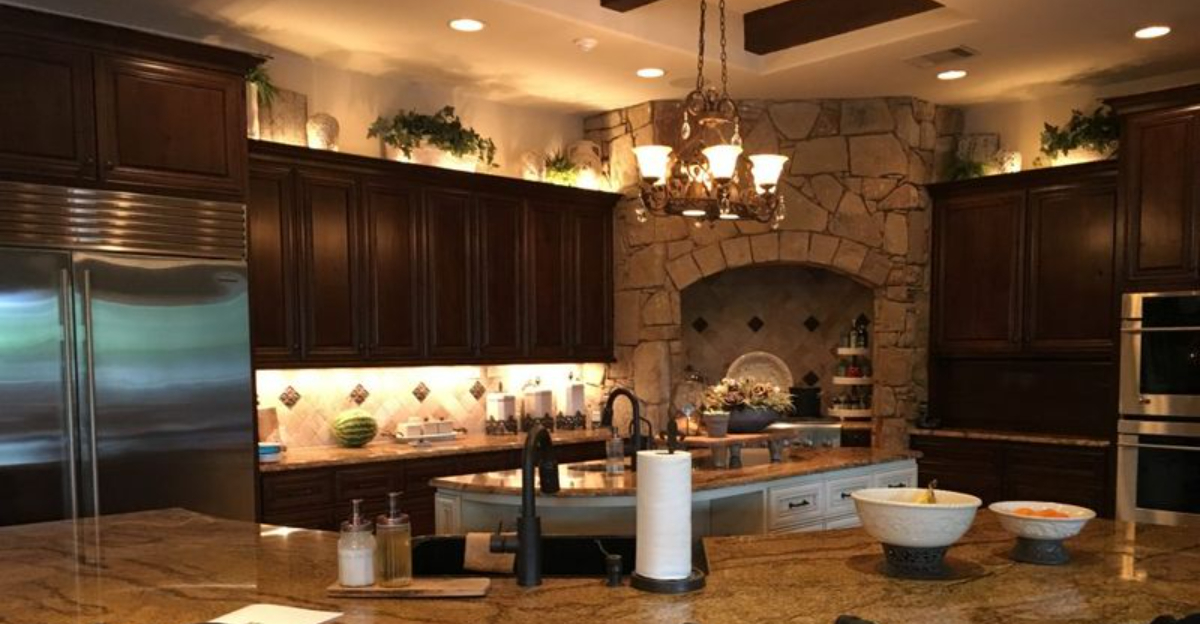
Every generation has its signature design crime, and trust us, designers have notes. Boomers love their plastic couch armor, Gen X can’t quit wall-to-wall carpet, Millennials think “Live Laugh Love” is art, and Gen Z? They’re one pothos away from living in a rainforest.
Time to cringe, laugh, and spot your own guilty pleasures, because these pet peeves aren’t going down quietly. Dive in and see who’s really committing décor offenses by the decade.
1. Boomer’s Plastic Couch Covers
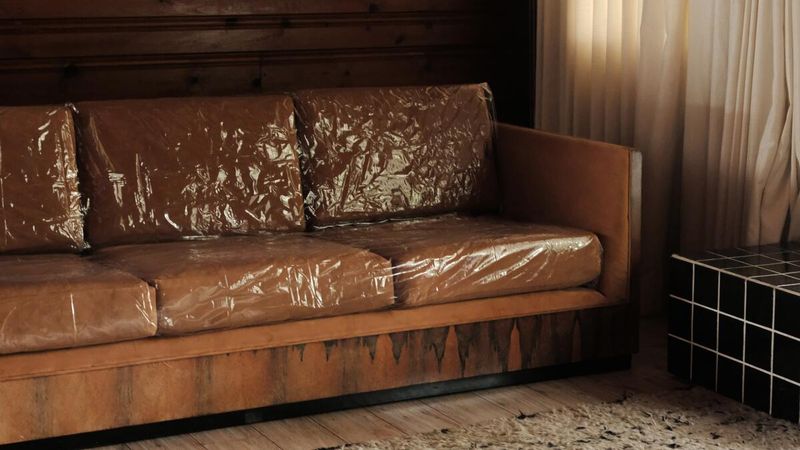
Nothing screams “don’t touch my furniture” like clear plastic covering a perfectly good sofa. Boomers developed this habit to preserve their investment pieces, but honey, what’s the point of buying beautiful furniture you never actually feel?
Those crinkly covers turn every sit-down into a sweaty, noisy affair. Plus, they instantly transform elegant living rooms into spaces that feel like a waiting room at the dentist’s office.
2. Gen X’s Wall-To-Wall Carpet Obsession
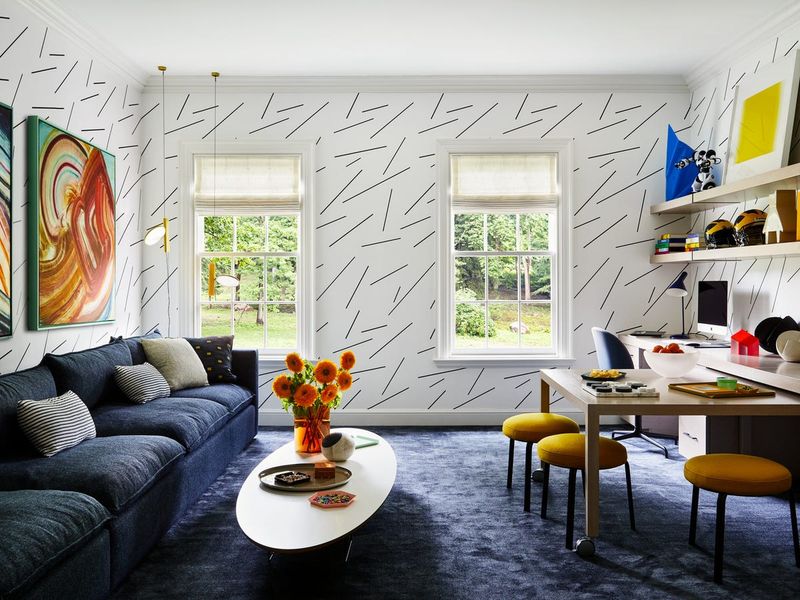
Wall-to-wall carpeting traps years of memories, and not the good kind. Gen X homes often feature this flooring nightmare in every room, even bathrooms (gasp!).
Though carpet creates warmth, it collects dust, stains, and odors that no vacuum can fully remove.
The worst offenders? Those beige berbers and jewel-toned plush varieties that scream 1990s tract home. Hard surfaces with area rugs offer the same comfort without the perpetual cleaning nightmare.
3. Millennial’s Obsession With Word Art

“Live Laugh Love” doesn’t count as decoration, friends. Millennials have filled their homes with mass-produced typography that states the obvious. Your kitchen doesn’t need to announce it’s a kitchen.
However meaningful these phrases might seem at HomeGoods, they quickly become visual white noise. Instead of telling guests to “Gather” in your dining room, why not create conversation through authentic art pieces with personal significance?
4. Gen Z’s Excessive Plant Hoarding
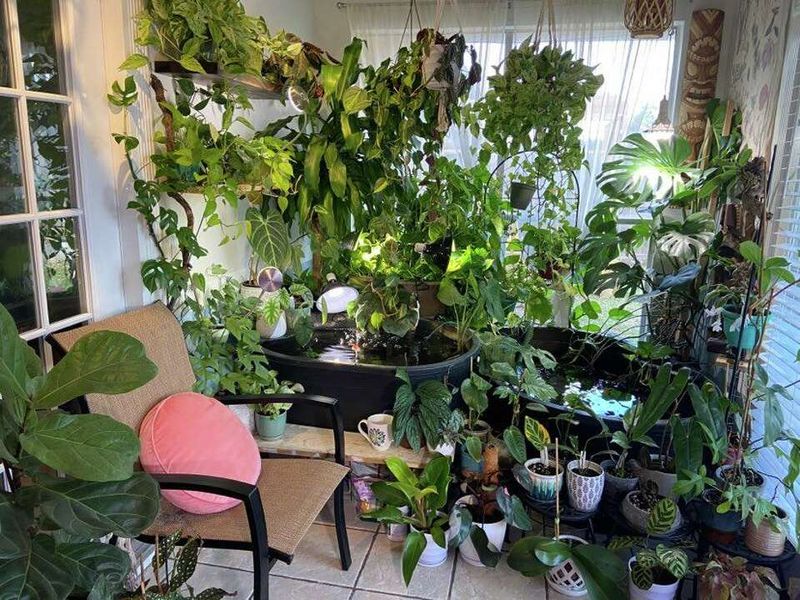
Plants bring life to spaces, but Gen Z has turned their apartments into untamed jungles. Thirty potted friends crammed into a studio apartment creates more chaos than calm.
Many young plant parents lack proper care knowledge, resulting in sad, struggling specimens. The mismatched pots only amplify the visual clutter.
Strategic greenery works wonders, but when your monstera needs its own bedroom, perhaps it’s time to reconsider your botanical boundaries.
5. Silent Generation’s Matching Furniture Sets
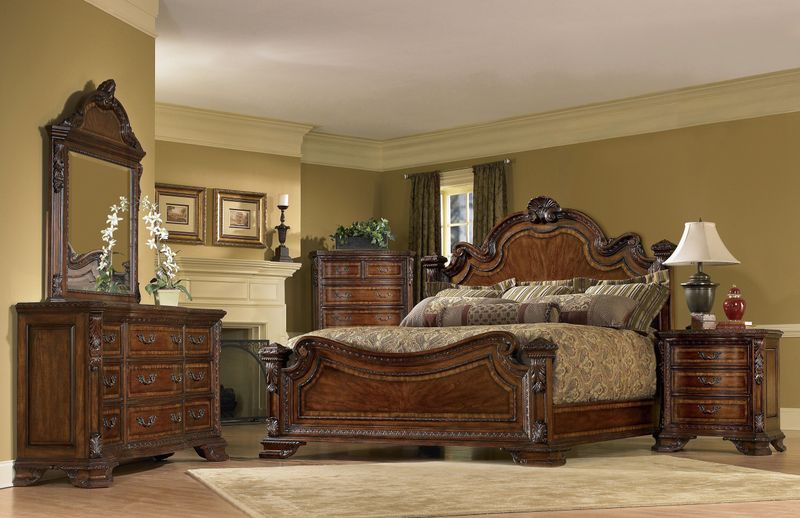
Ever feel like you’re sleeping in a furniture catalog instead of an actual bedroom? That’s the Silent Generation’s signature move, buying the whole showroom set in one swoop.
Matching bed, dresser, nightstands, and mirror? Check. Identical wood tones from wall to wall? Double check.
But perfectly coordinated pieces leave little room for personality or story. A home should reflect your life, not a sales floor. Mixing styles, textures, and eras brings warmth, character, and charm, because the best spaces grow with you, not from a single delivery truck.
6. Boomer’s Collectible Overload

Curio cabinets stuffed with Precious Moments figurines, commemorative plates, and Hummel collections aren’t just dust magnets, they’re visual noise. Boomers often display every memento, creating overwhelming spaces where nothing stands out.
Collections shine when edited and thoughtfully arranged. Select the most meaningful pieces and rotate displays seasonally. Your Beanie Babies deserve better than being crammed together, slowly fading in direct sunlight on a crowded shelf.
7. Gen X’s Tuscan Kitchen Fantasy

Faux-finished walls, grape motifs, and phrases like “Cucina” don’t transport you to Italy, they trap you in a 2005 time capsule. Gen X embraced this Mediterranean fantasy with alarming enthusiasm.
Those terracotta walls paired with dark cherry cabinets create cave-like kitchens that fight against natural light. Authentic Mediterranean design embraces simplicity and brightness.
Replace those hanging artificial grape clusters with actual fresh produce and watch your kitchen breathe again.
8. Millennial’s Edison Bulb Addiction

Exposed Edison bulbs looked cool in the first coffee shop that installed them, in 2010. Now these energy-wasting light sources hang everywhere, creating harsh shadows and eye strain rather than actual illumination.
Millennials embraced industrial chic without considering functionality. Good lighting should enhance activities and comfort. Those bare bulbs casting strange shadows across your face during Zoom calls aren’t doing you any favors.
9. Gen Z’s Temporary Furniture Approach
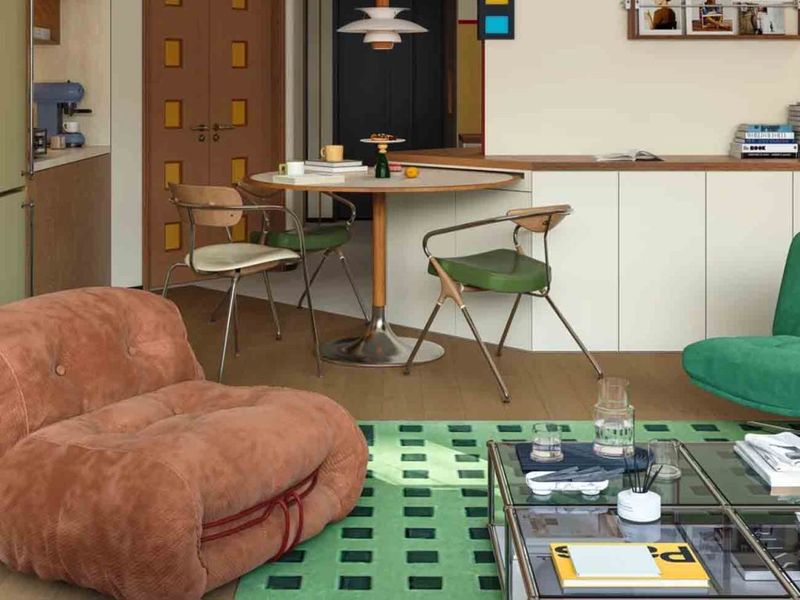
Fast furniture has become Gen Z’s default, flimsy particleboard pieces destined for curbside disposal within months. While budget constraints are real, these disposable items create environmental nightmares and ultimately cost more through frequent replacements.
Quality fundamentals mixed with thrifted finds create more sustainable, character-filled spaces. One well-made sofa outlasts five cheap versions, developing personality with age rather than simply falling apart.
10. Cross-Generational TV Placement Disasters
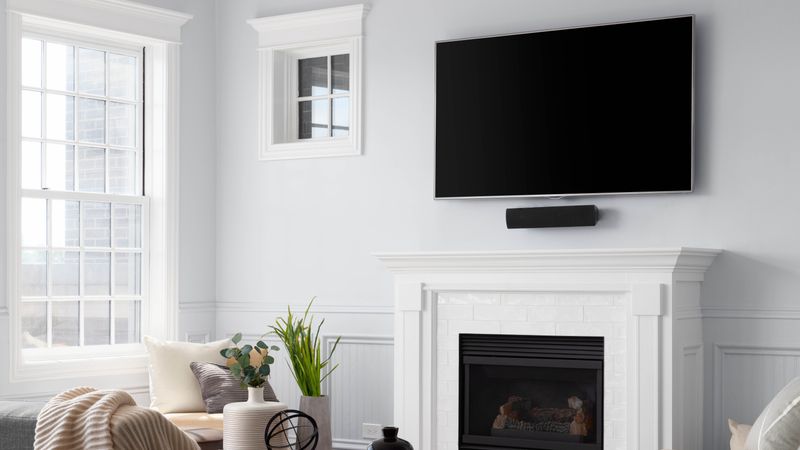
From Boomers mounting TVs at ceiling height to Gen Z squeezing 65-inch screens into tiny bedrooms, proper television placement eludes every generation. Your neck shouldn’t require chiropractic intervention after movie night.
TVs belong at eye level when seated, not above fireplaces or crammed between windows. Room layout should prioritize comfortable viewing angles and conversation flow.
Technology should enhance spaces rather than dominate them with black screens as the focal point.

